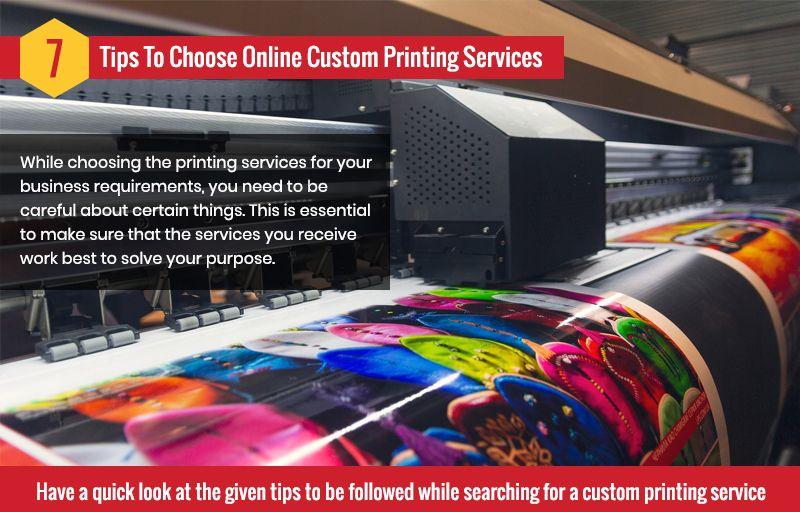Stay in the game with smart pricing strategies in print on demand stores.
Stay in the game with smart pricing strategies in print on demand stores.
Blog Article
Understanding Exactly How Digital Printing Revolutionizes the Printing Sector
The printing sector, long steeped in typical methods, is undertaking a radical improvement with the advent of digital printing. This cutting-edge technology, which avoids the need for printing plates, enables rapid production and modification, reshaping the landscape of print interaction. With its possible to stimulate engagement through customized material and to use sustainable options, it's clear that electronic printing is even more than a technical advancement; it's an essential video game changer. Yet just how specifically does it revolutionize the industry? Let's check out.
The Development of Digital Printing: A Short Introduction
Because its beginning, digital printing has actually undergone significant makeovers, constantly changing the printing industry. With the development of the 90s, electronic printing technology started to grow, and the market observed the introduction of straight imaging presses, which removed the need for printing plates. As the brand-new millennium unravelled, developments in innovation further spurred the development of electronic printing, leading to the creation of high-speed inkjet printers.

Unpacking the Modern Technology Behind Digital Printing
Delving right into the intricacies of digital printing modern technology, one experiences an abundant tapestry of innovative machinery and complicated algorithms. At the heart of this process lies an electronic photo, which is processed by software application that separates it right into a grid of dots. This intricate system, reinforced by sophisticated software application and high-resolution imaging, has actually transformed the landscape of the printing market, leading the means for extraordinary levels of detail and accuracy.

The Advantages of Digital Printing for Organizations
Comprehending the modern technology behind electronic printing gives a clear image of its accuracy and detail. Digital printing is environmentally pleasant, making use of less ink and generating much less waste. The full potential of electronic printing is recognized when used for customization and customization, a subject that will be covered in depth in the next area.
The Function of Digital Printing in Customization and Personalization
While traditional printing approaches battle with customization and personalization, digital printing succeeds in these locations. It enables the easy modification of check out here designs, without the requirement for pricey and taxing plate modifications (print on demand). This enables businesses to customize products to individual consumers, meeting specific requirements and enhancing consumer contentment
Digital printing additionally permits variable information printing, where elements such as text, graphics, and photos may be altered from one published piece to the following, without reducing the printing procedure. This is particularly valuable for direct advertising projects, where personalized messaging can substantially boost reaction prices. In this way, digital printing not just changes the printing industry however likewise changes the means companies interact with their consumers.
Evaluating the Environmental Impact of Digital Printing
Although digital printing has actually been admired for its duty in customization and personalization, it is crucial to examine its environmental effect. Digital printing can be much less inefficient than typical approaches, because it operates on a 'print on demand' basis, getting rid of the demand for huge click site print runs that can cause excess and waste. Additionally, it uses fewer chemicals and produces less volatile organic compounds (VOCs) compared to balance out printing. Nevertheless, the energy usage of digital printers can be high, resulting in enhanced carbon footprint. Furthermore, using non-recyclable printing components and the challenge of e-waste monitoring posture substantial ecological problems. linked here While electronic printing has several advantages, its environmental influence needs to be conscientiously managed.
Final thought
In conclusion, electronic printing has changed the printing industry, supplying fast, cost-effective, and high-grade services. It facilitates personalization, enhancing consumer involvement, and employs a sustainable print-on-demand version. As this technology continues to evolve, its effect on company interaction, consumer complete satisfaction, and ecological sustainability ends up being significantly profound. Recognizing these changes is vital for businesses to take advantage of the benefits of digital printing successfully.
Report this page